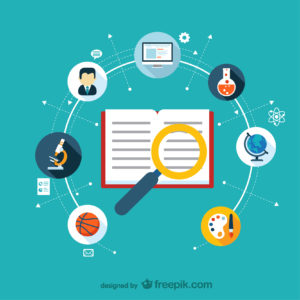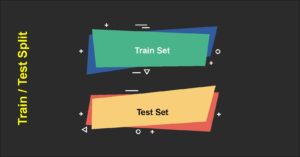Specialized Training
Our “cutting edge training program” in Artificial Intelligence is designed to empower students and working professionals with skills needed for the AI workforce making them competent and valuable to the organizations.
We provide top quality training that covers Artificial Intelligence concepts (Data Science, Machine Learning, Deep Learning and Natural Language Processing) to help professionals gain “hands on Artificial Intelligence application Development in short span” with real-time learning experiences.
The Data Science courses are designed to demonstrate python based practical approach with code examples. It is mandatory for Data Scientists to have ‘End to End” project understanding and ready for implementing them in Agile enabled environments
starting with,
-
- Requirements Understanding, Gathering and Data collection steps.
- Data Pre-Processing (Data Munging and Wrangling)
- Statistical concepts and Python libraries applied on datasets during EDA (Exploratory Data Analysis).
- Model building using various Supervised and Unsupervised ‘Algorithms’.
- Optimizing and Improving Performance of the model by ‘Fine-Tuning the hyperparameters’.
- Connect with Mathematical concepts behind the specific algorithms to justify the model selection and useful for advance learning. (Includes Probability, Linear Algebra, Calculus, Matrix Fundamentals, Eigen Vectors, Eigen Values, Singular Value Decomposition Kernel Trick and Norm of a Vector etc.)
We have dedicated good amount of time to design the advance course in “Deep Learning” and “NLP” with extensive brainstorming to produce a great quality application-based curriculum that demonstrates real-time working models. Our focus on producing code examples such as ‘Object Detection’ (YOLO), Named Entity Recognition, Topic Modeling, RNN etc., which are meticulously worked upon by team of experts to meet the complex and challenging industry requirements.
The below diagram depicts the Industry Standard “Data Science project work-flow”. All our courses meet the same standards.

Data Collection: Build automated Extraction pipelines to retrieve data from traditional Structured / Semi-structured sources (Oracle, IBM DB2, MySQL, JSON files etc) and Unstructured sources (several e-commerce platforms, social media, IOT devices etc). Applicable to OLTP/OLAP and modern BigData environments.

Train & Test Split: Avoid Data Snooping Bias by splitting the collected data to Train(70 to 80% of data) and Test (30 to 20 % of data). Treat “Train Set” only for model building activities where the machine does the pattern recognition. Once the model is finalized, evaluate it over Test Set.

Descriptive & Inferential Statistics: Analyse and Gain intuition of Data by applying Descriptive and Inferential Statistical techniques. Gain insights by Visualizing and understanding the relationship between Independent and Dependent variables for next steps.

EDA: This is one of the “Key Phase” to build a best performing model. Prepare the “Machine ready” data for feeding the Algorithms by performing Clean-up, feature selection, feature engineering and feature extraction.

Model building: Passing the Train data which is the outcome of EDA phase to the short-listed Machine Learning algorithms and build the respective models. Measure the accuracy of these models to meet the acceptance criteria.

Model Evaluation: Once the models are built, evaluate their behaviour by applying ‘Cross-validation’ techniques that helps data scientists to simulate a production like scenario over unseen data. Fine tune the model by choosing specific hyper parameters until it is termed ‘Significant’. Extend the validation to the Test Set and determine if it ‘Generalizes’ well.

Deployment: Once the accuracy measures reach the desired thresholds, the model can be deployed into production with a business sign off.
The model can be used as a batch job or exposed as a webservices to integrate with real time systems such as ERP’s, Enterprise Web and Mobile applications.
The ML life cycle is an iterative process where the respective phases have to be revisited time and again until the business derived outcome is reached..

